Bark's Bites: Don't Care, Don't Compare

I can tell by the falling leaves and temperatures in the air surrounding My Old Kentucky Home that the season is here. No, not autumn. Not soccer season or even football season, which are already in full swing. No, it’s the season for the tried-and-true clickfest that is known as the Comparison Test. My friends at Road & Track are doing their Performance Car of the Year test out in California this week. Car & Driver should be doing Lightning Lap any day now at Virginia International Raceway. I’m sure Motor Trend does something similar, but I haven’t read a word of their writing in decades, even before that whole Apple Car nonsense.
The whole idea of the comparison test probably originated right around the time the second car was made — after all, it’s human nature to want to know what the best anything is. For as long as anyone can remember, the Camaro has been telling the Mustang to step outside, the 3 Series and the C Class have been toe to toe, and the 911 and the Corvette have been entering the ring. And if comparing 2 or 3 cars is good, then comparing 10 cars? Well, that’s obviously even better. Hence the mega-comparisons. Not only for performance cars, but for SUVs, too.
When I was younger, I eagerly awaited the results of such tests, treating them as virtual gospel. And over the seven plus years that I’ve been a contributor here, I’ve noticed that many of you do, as well. Any time that I’ve written a review of a car, some commenter will invariably say, “Yeah, well C&D ranked the Maibatsu Monstrosity best in their Midsized SUV Shootout, so your observations are obviously wrong, even though you just spent an entire week in one that wasn’t meticulously prepped by factory techs and accompanied by an on-site mechanic for the duration of the test!”
Well, I’m here to declare an end to all of it. The super comparison test needs to go away. Here’s why.
Before you call me a hypocrite, yes, I fully admit that I have been a tester in a super comparo or two in my day, and I had a great deal of fun doing it. If you haven’t been onsite when a dozen supercars show up to a track, all ready to go against the clock…well, you’ve missed out on something spectacular. I remember when my big brother was called upon to set the official times for R&T‘s Performance Car of the Year three years ago, and it was fantastic to watch.
But there is a sneaky truth about nearly every automotive publication out there today, and it’s a windmill I’ve been tilting against for years. Many of you are making the incorrect assumption that the people conducting the test are in any way qualified to do so. Nothing could be further from the truth. I once heard it said about police officers that there are two things most of them cannot do:
- Drive
2. Shoot
The joke here is obviously that those are the two key functions of the job, and most of them can’t do either.
Nearly the same thing can be said about the majority of automotive writers, except that the two things they can’t do are Drive and Write. Again, if you’ve been a reader of mine for any length of time, this is not news to you. But the problem gets significantly exacerbated when you multiply the variables involved by, say, a dozen. I’ll explain.
Let’s say, for example, that you are asked to conduct a taste test of twelve wines, all of which have a price tag north of $200 a bottle. Let’s also assume that while you may like to have an occasional glass of wine with dinner, you are not truly capable of discerning the small differences between high-dollar wines ( as most people are not).
The more wine you drink, the less able you become to discern the difference between them — and not because of the alcohol, but rather the way your brain processes the information. The sheer amount of stimuli starts to overwhelm your decision making ability. You don’t know a lot about wine to start with, and by the end of your sampling session, you feel like you know even less. In the end, you make your decision very differently than you would if you had the chance to evaluate each wine by itself.
Cars are no different. Even for professional drivers, it’s challenging enough to feel the difference between 1.2 and 1.3 Gs of lateral grip, or a 11.8 second quarter mile versus a 12.0, but then you multiply the amount of inputs and information by five or six, and your ability to split hairs disappears. Other thing start to creep into your decision making process, like the color of the car, or the logo on the steering wheel.
So then how are winners determined? You’ll notice that it’s rarely based on actual track times or performance numbers, which makes sense — after all, you wouldn’t expect a Hyundai Veloster N to compete with a McLaren Senna, would you? But then…why are we comparing them? When the Fiesta ST came out a few years ago, it was thrown in the deep end against things like the Audi R8 V10. Even if you do think that the aforementioned FiST or Veloster N are the best dollar-for-dollar performance value, are you really going to vote for them against a million-dollar supercar? How is a comparison between such cars even possible, much less relevant? Is anybody placing both of these cars in his or her consideration set? Peer pressure starts to become a real problem, especially when all of the writers involved start a group discussion. If your boss says he’s voting for a particular car, you’ve got to have some serious stones to vote the other way.
At the end, the awarding of the trophy becomes a nearly completely subjective conversation in which things like sticker price and statistics play a part, but are not hard and fast determining factors. In other words, you’re simply getting the opinion of people who may or may not be any particularly more qualified to make this decision than you are, and they’re doing it under far less than optimal conditions with cars that are factory-tech prepped and maintained throughout the competition — or, as some might call them, ringers.
It’s all excellent entertainment, which is why the super comparison tests will never stop, and we won’t stop clicking on them. So, maybe I will recant my call for them to end, as long as we all just try not to take them so seriously. Okay?
[Image: Sergey Akhrameev/ Shutterstock, Ford, Mazda]

More by Mark "Bark M." Baruth
Latest Car Reviews
Read moreLatest Product Reviews
Read moreRecent Comments
- Sobhuza Trooper That Dave Thomas fella sounds like the kind of twit who is oh-so-quick to tell us how easy and fun the bus is for any and all of your personal transportation needs. The time to get to and from the bus stop is never a concern. The time waiting for the bus is never a concern. The time waiting for a connection (if there is one) is never a concern. The weather is never a concern. Whatever you might be carrying or intend to purchase is never a concern. Nope, Boo Cars! Yeah Buses! Buses rule!Needless to say, these twits don't actual take the damn bus.
- MaintenanceCosts Nobody here seems to acknowledge that there are multiple use cases for cars.Some people spend all their time driving all over the country and need every mile and minute of time savings. ICE cars are better for them right now.Some people only drive locally and fly when they travel. For them, there's probably a range number that works, and they don't really need more. For the uses for which we use our EV, that would be around 150 miles. The other thing about a low range requirement is it can make 120V charging viable. If you don't drive more than an average of about 40 miles/day, you can probably get enough electrons through a wall outlet. We spent over two years charging our Bolt only through 120V, while our house was getting rebuilt, and never had an issue.Those are extremes. There are all sorts of use cases in between, which probably represent the majority of drivers. For some users, what's needed is more range. But I think for most users, what's needed is better charging. Retrofit apartment garages like Tim's with 240V outlets at every spot. Install more L3 chargers in supermarket parking lots and alongside gas stations. Make chargers that work like Tesla Superchargers as ubiquitous as gas stations, and EV charging will not be an issue for most users.
- MaintenanceCosts I don't have an opinion on whether any one plant unionizing is the right answer, but the employees sure need to have the right to organize. Unions or the credible threat of unionization are the only thing, history has proven, that can keep employers honest. Without it, we've seen over and over, the employers have complete power over the workers and feel free to exploit the workers however they see fit. (And don't tell me "oh, the workers can just leave" - in an oligopolistic industry, working conditions quickly converge, and there's not another employer right around the corner.)
- Kjhkjlhkjhkljh kljhjkhjklhkjh [h3]Wake me up when it is a 1989 635Csi with a M88/3[/h3]
- BrandX "I can charge using the 240V outlets, sure, but it’s slow."No it's not. That's what all home chargers use - 240V.
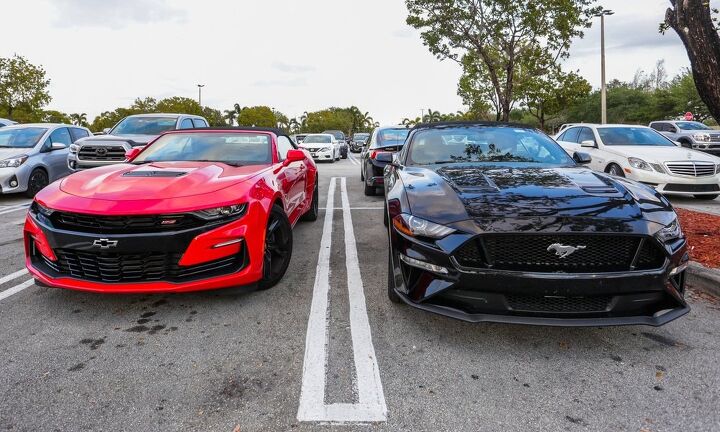















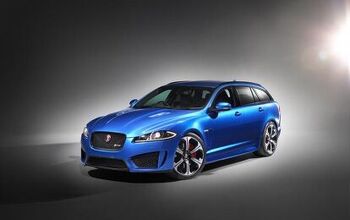
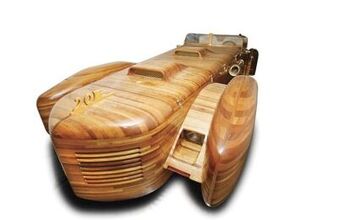
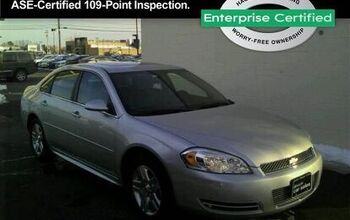
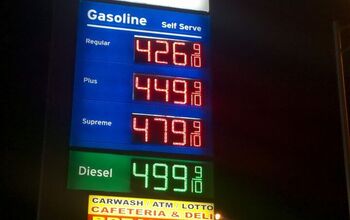












Comments
Join the conversation
I wish they'd include 'predicted reliability and maintenance' in the reviews. Sure, the Porsche is great driving, but when you have a $3000 oil change (I'm exaggerating) it makes it not so good. Or, when you have a new Camry and the tranny dies at 200km (as happened to me), it takes the glow off the good things about the car. Of course, if dealers weren't so stingy with their test drives, we probably wouldn't need the comparisons...
Car reviews, comparison or not, are only good for a few things to me anymore. First, performance stats and technical details ... they set my approximate expectation on what a car will be like to drive. Then likes and more importantly dislikes. This gives me the things to pay attention to, when I drive a car myself, to determine if those dislikes are issues to me. Everything else is pretty much just personal preference.